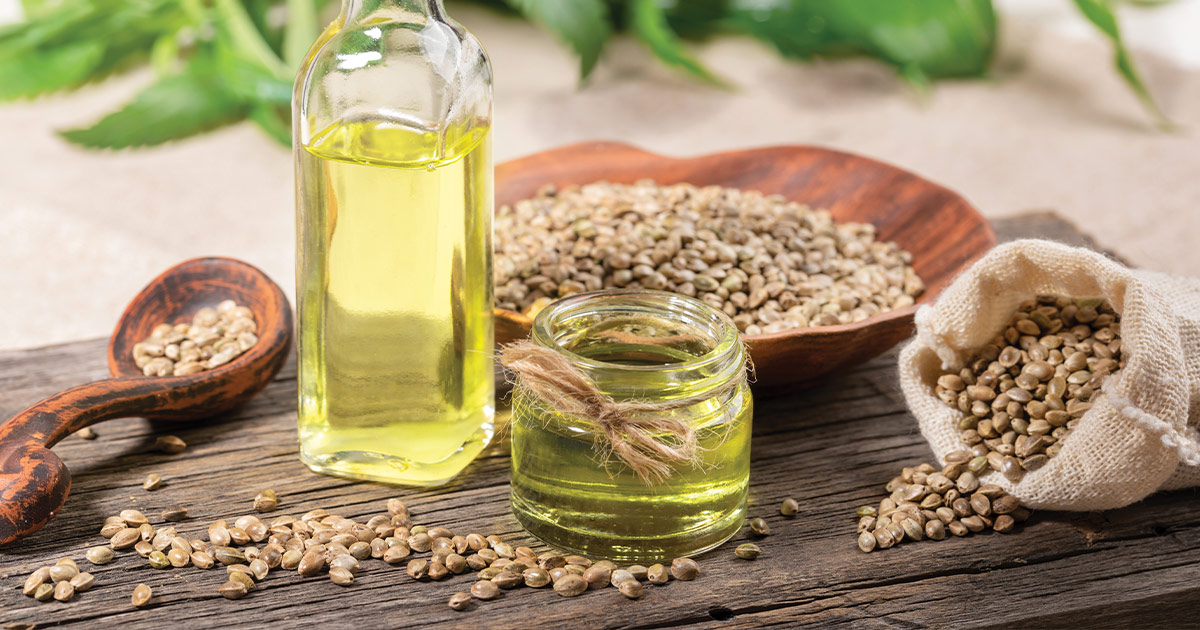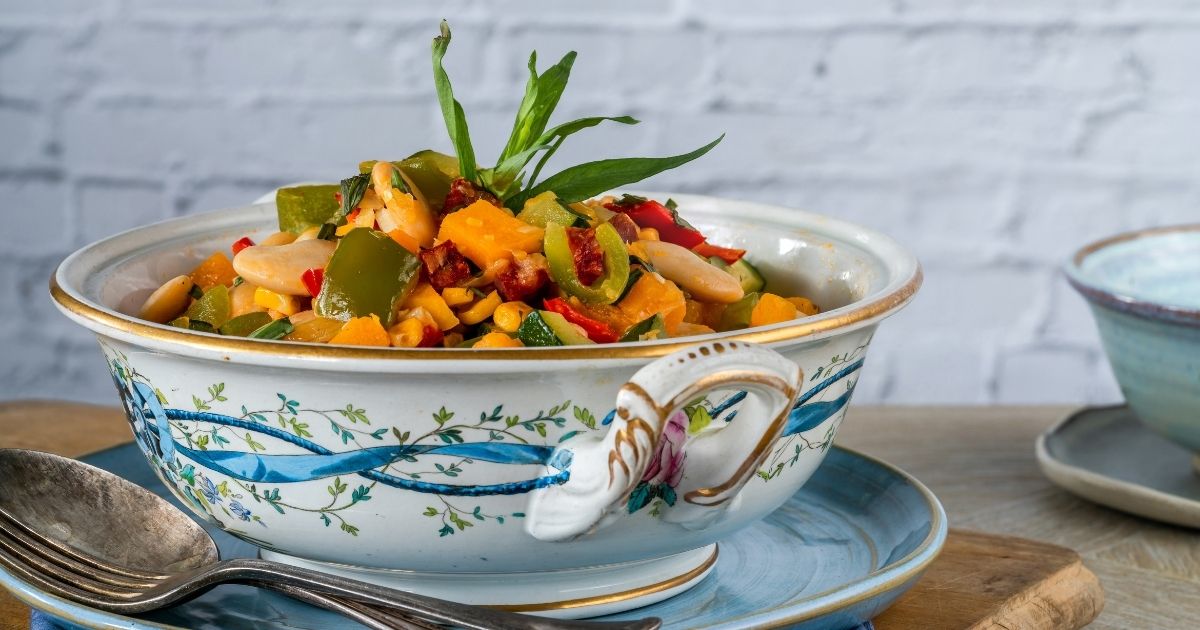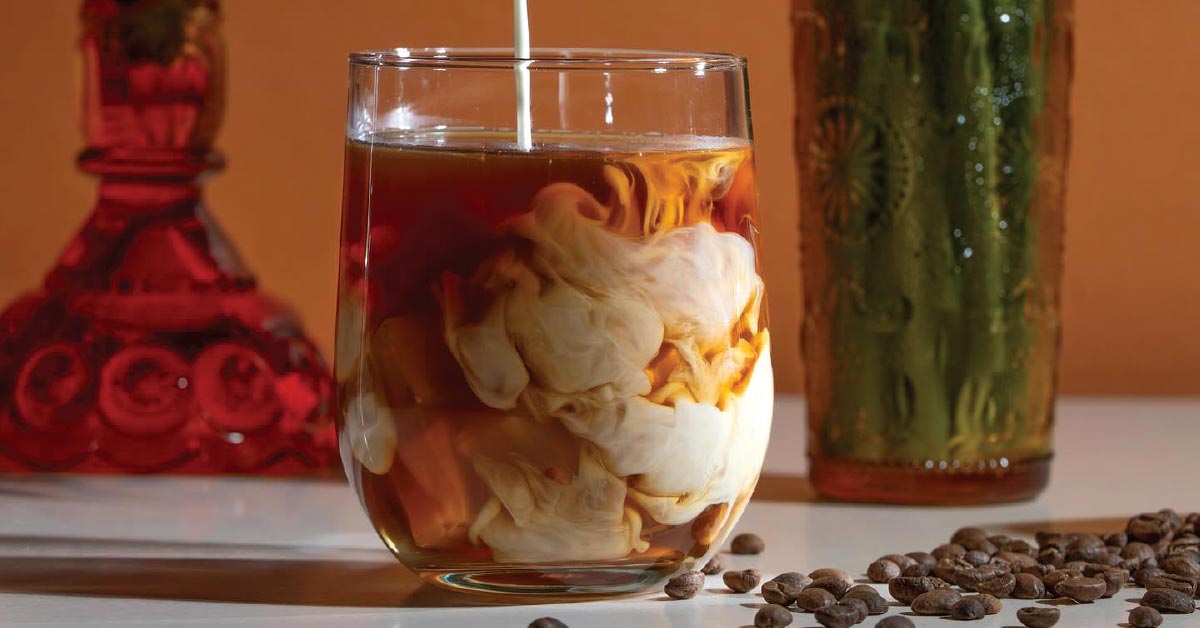If you've ever wanted to add a little "spice" to your cooking but aren't sure where to start, no worries—we've got you covered. Think beyond your cousin's not-so-delectable pot brownies from yesteryear. When it comes to cooking with cannabis, there's much to consider, so we sat down with Marley Hodson, Director of Extraction & Processing for RAIR Co., for expert insight.
The first thing you need to consider is dosing, which Hodson explains is the most important part of cooking with cannabis.
"You want to make sure that you are putting enough in your meal to feel the desired effects, but not so much that you have a negative experience," Hodson said, noting the availability of online dosing calculators. "If it's someone's first time, I'd suggest starting with 2-5 mg per serving. You can always eat another serving, but can't take back what you've already had. If you're a bit more comfortable with cannabis and know your typical dosage, you can use that as a basis for your meal by multiplying how many milligrams you want each serving to be, by the number of servings your dish will have."
When it comes to what foods you can successfully put cannabis in, you've got options. Hodson recommends making batches of some type of oil, alcohol or fat.
"The most common and best, in my opinion, are coconut oil and butter," Hodson said. "Once you make the infused batch of the binding ingredient, you can infuse any type of food! Most people opt for sweets, however you can also do savory foods. This can include infused salad dressings, marinades for meats, sauces and much more."
However, it's important to know the science behind it all, including a couple critical aspects.
"Cannabis flower contains little to no THC and CBD in its raw form. Instead, it contains THCa and CBDa, which are acidic versions of THC and CBD," Hodson explained, adding that though THCa and CBDa do have therapeutic aspects, they won't offer you the "high" that THC gives, due to the compounds being unable to bind as well to our endocannabinoid system.
However, when THCa and CBDa are heated in a process called decarboxylation (Hodson recommends 245 degrees for 30 minutes), they can transform from THCa and CBDa to THC and CBD.
"This is why you smoke flower, as that's what activates the THC and CBD," Hodson said. "Other products like distillate and tinctures have already been decarboxylated, so you can skip this step."
You also need to keep in mind that cannabinoids such as THC & CBD are oils, meaning they only dissolve in other oils.
"So simply throwing cannabis oil into any old mixture won't always work," Hodson explained. "For example, the same way oil and water don't mix, cannabis oil and water-based compounds won't mix. It's important to infuse an oil or fat-based substance to make sure it's thoroughly mixed to get a great experience."
Additional tips and tricks from Hodson:
Wait at least an hour and a half before eating another serving.
"The most common problem people have when it comes to 'overindulging' in cannabis is eating multiple servings in a short period of time because they don't feel the effects soon enough. Cannabis oil takes typically 45 minutes to two hours to take effect. Just because you don't feel the effects quickly doesn't mean they're not coming. Being 'too high' is not the most pleasant feeling, especially for someone just beginning their cannabis journey."
You don't always have to make baked goods.
"Don't get me wrong, sweets are a great option for making your infused meal, but it doesn't always have to be. When cooking with flower, savory foods can really compliment or mask the flavor of cannabis, depending on your goal. If you're looking for minimal cannabis flavor, opt for a distillate dart or flavorless tincture."
Get creative!
"Flower has so many terpene profiles and flavors that can really enhance your food. For example, if you're making something citrusy, try to pick a strain with a limonene terpene profile (or smells lemony). Use the terpene profiles to help amplify your meals. Think of it as another herb or seasoning to help add to your meal."
Written by Sarah Suydam, Managing Editor for West Michigan Woman.
This article originally appeared in the Jun/Jul '22 issue of West Michigan Woman.




